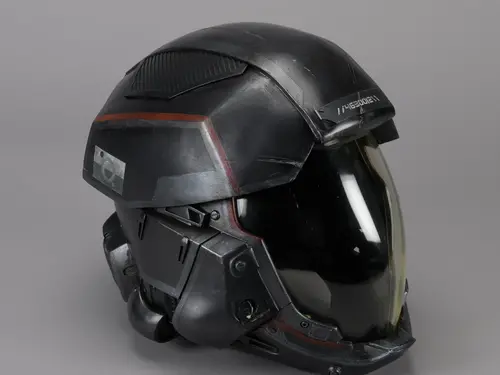
All Stories
Stories of daring, stories of technological feats, stories of prevailing against the odds ... these are the stories we tell at the National Air and Space Museum. Dive in to the stories below to discover, learn, and be inspired.
Showing 31 - 40 of 1838

August 29, 2025
Why Is a Planet Not a Star?
Over 5,800 exoplanets have been discovered, with more and more being observed almost every day. But what makes these objects planets and not stars? How different are planets and stars, actually?

August 28, 2025
Rosie the Riveter and WWII Manufacturing at Home
We talk to a real-life "Rosie the Riveter" and hear the story of how World War II transformed American aviation, manufacturing, and labor.

August 22, 2025
The Tadpole Clipper: A Fully Operational 3/8 Scale Aircraft
How many modelers have ever heard of, let alone built, a fully operational 3/8-scale aircraft capable of carrying an onboard pilot?

August 14, 2025
How Wartime Aviators Learned to Fly
Before and during World War II, the Civilian Pilot Training Program trained thousands of licensed pilots and increased "airmindedness" nationwide.

August 13, 2025
“That Little Extra Spark”: Cesar “Rico” Rodriguez and the F-15 Eagle
Over his whole career, Rodriguez destroyed three enemy aircraft in combat, making him one of only four Americans to get that close to achieving “ace” status (shooting down five aircraft) since 1972.

August 12, 2025
Do Other Planets Have Earthquakes and Volcanoes?
We have been able to directly measure quakes on the Moon and Mars and refer to them as moonquakes and marsquakes.

August 08, 2025
Remembering Capt. James A. Lovell Jr.
Few astronauts were as famous as Jim Lovell—Tom Hanks played him in the 1995 movie Apollo 13. Lovell commanded that ill-fated space mission, which did not land on the Moon in 1970 because an oxygen-tank explosion crippled the spacecraft’s service module.

August 05, 2025
How Science Fiction Tests Out Different Futures in Space
Science fiction not only imagines different futures in space, it's a place where debates play out about what the future of space should entail.

July 31, 2025
Space: A Place for Robots
The majority of what has been accomplished in space has been carried out by uncrewed robotic craft.

July 30, 2025
What Did It Mean to Be a Flying Ace?
The term “ace” emerged in World War I to refer to an aviator who shot down five or more enemy aircraft.